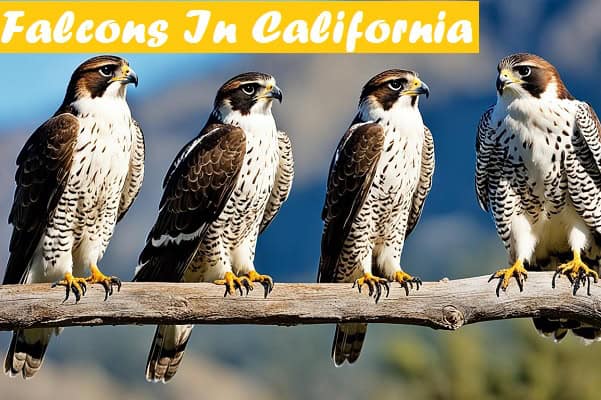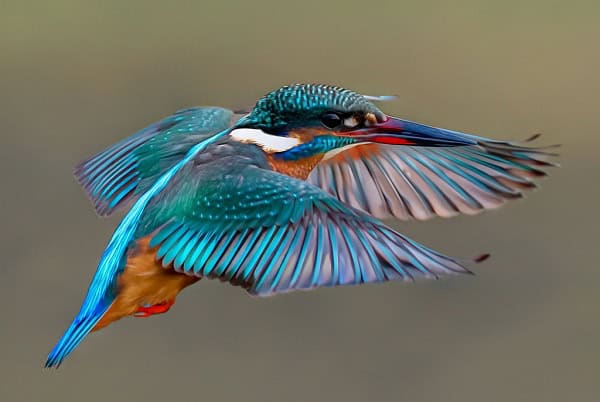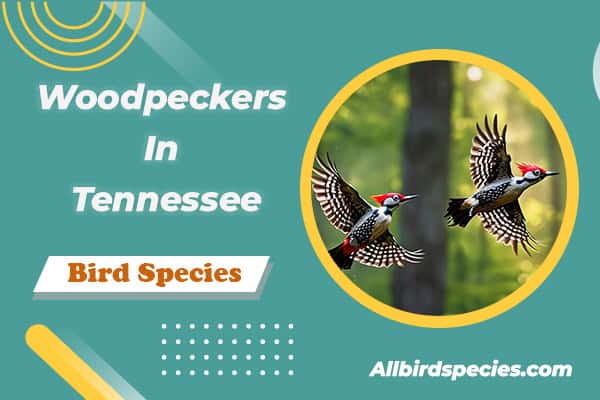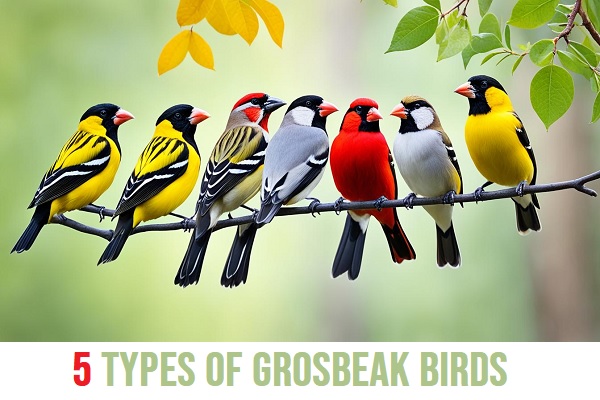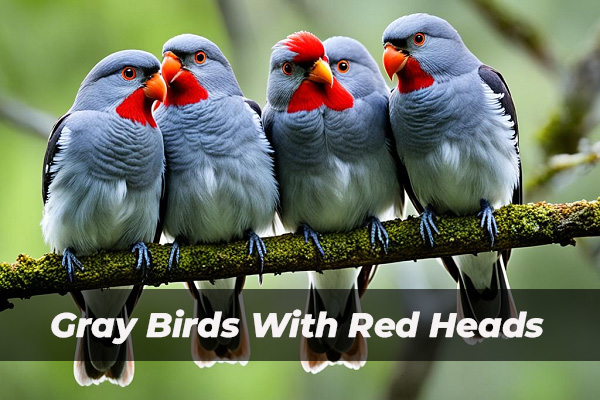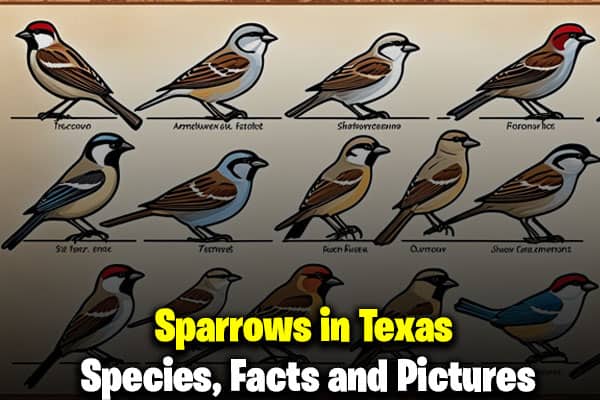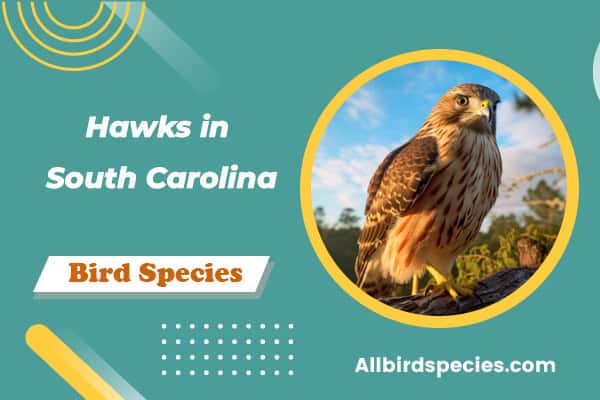4 Types Of Falcons In California (ID Guide With Photos)
Ever thought about the falcons you can see in California? It’s the state with the most bird types. California has many raptors, including cool falcons. We usually see four kinds locally: Peregrine Falcon, American Kestrel, Prairie Falcon, and Merlin.
Introduction
California is known for having more than 700 bird species. This makes it the top state in the US for bird variety. The state’s unique land hosts birds of all kinds. These lands include deserts, coastlines, forests, and mountains.
In California, you can find various birds of prey, including falcons. Falcons are quick, skillful hunters. Although seven falcon types are found in the state, four of them are more common. This guide will help you spot and learn about these four falcon species in California.
The peregrine falcon, American kestrel, prairie falcon, and merlin are the four main falcons in California. Each has its own look, hunting ways, and living areas. Knowing about these falcons helps you enjoy seeing them in nature.
We’ll discuss more about each falcon species in later sections. You’ll learn their looks, habits, and where they live. This is a great guide for bird lovers and anyone interested in the amazing birds of prey in California.
Peregrine Falcon (Falco peregrinus)
The peregrine falcon is a medium-sized bird of prey. It’s famous for being the fastest animal in the world. These birds can dive at speeds reaching 240 mph when hunting. They are easily known by their slate grey or bluish-black back and white to tan chest. Plus, you might see thin dark lines on their chest and faint barring.

Identification
Peregrine falcons stand out with their unique look. They have a slate grey or bluish-black back with a white to tan chest. Look for thin dark lines and faint barring on the chest. Young peregrine falcons may look browner than the adults. And females are bigger than males.
Behavior and Habitat
Peregrine falcons live in California. Some stay all year, but many migrate there for the winter. They feed mostly on other birds, catching up to 450 different species. Meals range from ducks and gulls to tiny hummingbirds. Bats are also on their menu. They build their nests on tall buildings, cliffs, and high places. Each nest holds 2-5 eggs.
“Peregrine falcons have declined significantly in population since the 1940s due to factors such as eggshell thinning from pesticides like DDT and PCB poisoning.”
In California, peregrine falcon numbers have seen a boost, with 77 nesting pairs by 1985. They’re not just fast but can dive at 200 mph to catch prey. Their homes might be taken by ravens or prairie falcons, affecting their population.
American Kestrel (Falco sparverius)
The American Kestrel is California’s smallest falcon, about the size of an American Robin. It’s a fine hunter, sometimes called the “Sparrow Hawk”. The males have a rusty back with black bars, and the females are rusty with black bars. They both have a grey head and two black marks on their face.
This smallest falcon in North America is also the most common. You can find it all over California, especially in open places with a few trees, like grasslands, meadows, and even parks. This bird is well-spread throughout the state all year.
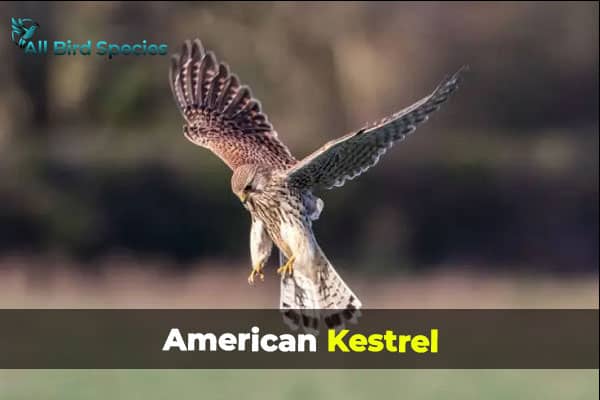
Both males and females of the American Kestrel look pretty unusual. The males are rust-colored on their back, and the females are the same all over. They have a grey head and two black marks on their face. This makes them easy to spot.
The American Kestrel mainly eats bugs, little animals, and small birds. It will often hover in the air to find food. This shows how skilled they are at hunting, even though they’re tiny.
But, the numbers of American Kestrels are dropping. This is because they’re losing their homes and because of pesticides. This makes it crucial to protect them. By learning about them, we can help keep California’s bird life diverse.
| Characteristic | Description |
|---|---|
| Size | The American Kestrel is the smallest falcon in North America, roughly the size of an American Robin. |
| Wingspan | The wingspan of the American Kestrel ranges from 51–61 cm (20–24 in). |
| Weight | Male Kestrels typically weigh 80–143 g (2.8–5.0 oz), while females weigh 86–165 g (3.0–5.8 oz). |
| Plumage | Males have a distinctive rusty-colored back with black bars, while females are rusty-colored throughout their body with black bars. Both sexes have a grey crown and two black “moustaches” on the face. |
| Habitat | American Kestrels favor open habitats with scattered trees, such as grasslands, meadows, parks, and agricultural areas. |
| Diet | The American Kestrel’s diet typically consists of grasshoppers, insects, lizards, mice, and small birds such as sparrows. |
| Conservation Status | American Kestrel populations have seen significant declines over the past decades due to habitat loss and pesticide use, making conservation efforts for this species important. |
The american kestrel is a one-of-a-kind bird that matters a lot in California. By knowing about their looks, how they act, and what they need, we can help keep them around. They’re a key part of California’s bird family.
Prairie Falcon (Falco mexicanus)
The Prairie Falcon is a medium-sized bird of prey. It’s pretty common in the western United States, especially in California. You can spot them by their long, pointed wings and unique dark “armpits” on the underwings.
They have a mostly brown top and a white belly. Look for brown markings on the belly and breast.

Identification
Prairie Falcons are big, about the same size as Peregrine Falcons. They have a wingspan of 40-48 inches and can weigh 1.5-2.5 pounds.
The dark patches on the underside of their wings form a unique “armpit” pattern. Their feathers are mostly mottled brown above and off-white below. They have brown streaks or spots on the breast and belly.
Behavior and Habitat
These birds love open places like grasslands, shrublands, and deserts in the West. They make their nests on cliff ledges, in crevices, or sometimes in abandoned stick nests. Prairie Falcons like to hunt small mammals and birds.
They are clever hunters. Prairie Falcons can swoop low to the ground to catch their prey by surprise. In the breeding season, they defend their nesting areas. These can be quite big, from 5.7-288 km².
About 80,000 Prairie Falcons breed across the world, and their population is stable. But, they face dangers from pesticides, losing their homes, and illegal hunting in some places.
In California, they are not often seen and are usually found in the southeast, Central Valley, coast ranges, and Sierra Nevada. They love various open areas, which makes them part of the unique landscape in the West.
Merlin (Falco columbarius)
The Merlin, known as Falco columbarius, is a small falcon in California. It’s a bit bigger than the Kestrel and has pointed wings. Male Merlins are dark on top with a light, slightly orange chest. Females are lighter with white undersides.

Merlins are found in many spots in California, like shrublands and coastal areas. They are known to fight off threats, even attacking cars. Merlins are speedy and catch birds, insects, and small mammals for food.
Unlike other falcons, Merlins use old nests from crows or hawks. They are not seen as often, but are spread throughout much of California. Their movements make them a rare find for bird lovers.
- There are 10 known types of Merlins in North America and Eurasia.
- The taiga type is found in southern Oregon and northern California.
- Merlins like to eat small to medium-sized birds, including sparrows and larks.
- Females lay 3–6 eggs, which are short and have a reddish-brown color.
- Merlin numbers dropped in the 1960s because of DDT. But they have mostly recovered and now live in cities.
Merlins are special in California with their interesting looks and habits. Watch out for these amazing birds as you travel through California‘s varied places.
Falcons In California
California is a top place for those who love to watch birds, especially falcons. These amazing birds can be found from the coast to the mountains. You can see them soar in many places across the state.
Some of the best spots for falcons in California are:
- Point Reyes National Seashore
- Klamath Basin National Wildlife Refuges
- Arcata Marsh and Wildlife Sanctuary
- Elkhorn Slough National Estuarine Research Reserve
- Yosemite National Park
If you look closely in these places, along the coast, over fields, and near towns, you might spot Peregrine Falcons, American Kestrels, Prairie Falcons, and Merlins.
The Peregrine Falcon has bounced back from being endangered. In California, there are now over 400 pairs. You can see them nesting on buildings and high trees. The American Kestrel, a small but strong falcon, is common in open areas. The Prairie Falcon lives mostly in the west. The Merlin is harder to find, often seen on power lines or hunting in fields.
| Falcon Species | Key Habitat | Status in California |
|---|---|---|
| Peregrine Falcon | Coastal regions, urban areas | Over 400 breeding pairs, increasing population |
| American Kestrel | Open habitats, grasslands | Common throughout the state |
| Prairie Falcon | Western regions, mountainous areas | Resident in the state, inhabiting areas west of the Rockies |
| Merlin | Open areas, near woodlands | Elusive but can be spotted in various regions of California |
If you’re out exploring California’s coasts, grasslands, or forests, watch for these special falcons in California. With a bit of patience and sharp eyes, you could see these fast, graceful birds up close.
Check Our Previous Articles
| Brown-headed Cowbird |
| Mourning Dove Facts |
| Swan Spiritual Meaning |
| 5 Types of Grosbeak Birds You Should Know |
| Top 10 Types of Ibis |
Final Thoughts:
California is a dream for bird lovers, hosting many types of birds, including amazing falcons. This guide has shared lots of info on four common falcons – Peregrine Falcon, American Kestrel, Prairie Falcon, and Merlin. By spotting their distinct features, behaviors, and homes, bird enthusiasts across California will boost their chances of seeing these stunning birds.
Thanks for Reading and Happy Birding!

